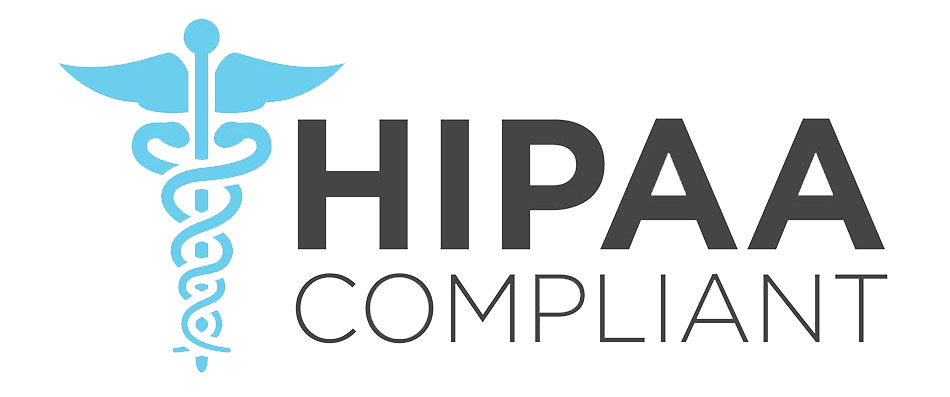Today, the total number of healthcare practices adopting telemedicine is growing at an astounding rate. Most researchers state that 2018 will be the year where telemedicine finally arrives on the scene, as more than 60% of the physicians and healthcare practitioners have started gravitating towards telemedicine services and made it their top priority in order to streamline workflows and cut costs.
As governments across the world move towards safer and more efficient healthcare practices, several changes would be observed in the way electronic health records are kept and maintained, and with improved healthcare data security, practices will have their tasks cut out and will need all the professional extra help that they can get. Telemedicine, and associated services such as Teleradiology are therefore the need of the hour for such healthcare enterprises. Let us have a look at the top telemedicine trends of 2018 and how they will help shape the healthcare industry of tomorrow.
Top 8 Telemedicine Trends in 2018 and Beyond
Telemedicine is helping bridge the large gap that once existed between patients and doctors. Not only do patients feel more in control of their health checkups, but even doctors get more time to review individual cases by being ably supported by external physicians and specialists.
Some of the upcoming trends in telemedicine include -
-
Parity in Telemedicine to Become a Norm

In the US alone, more than 32 states have passed internal laws to allow for better parity in Telemedicine. Both UK and Canada are set to follow suit as well. Upon actualization, these laws would allow physicians to be reimbursed by private payers for telemedicine visits at a rate similar to in-person visits. This would not only help the said physicians, but also help in the rapid acceptance and proliferation of telemedicine technology. In light of tougher regulations and programs which limit patients to single doctor visits, such changes can be godsend. Michigan state in USA has already seen a 77.5% increase in Telemedicine encounters after supporting service parity in telemedicine.
-
Data Security to be Taken More Seriously

Data security in telemedicine has always been a big question without any solid answer. But 2018 promises to usher in sweeping changes which would affect the Telemedicine practices in a big way. With the proliferation of cyber-attacks, we can expect to see telemedicine operators take stringent steps to protect their client's confidential data against any hacks or data breaches. Fear of costs associated with such breaches is therefore driving board-level scrutiny of many healthcare security policies, especially as more patients receive access to health-related tools and data to make their lives healthier. Thus, we can expect security to move beyond simple log-ins and two character authentications, and encompass server-side encryption for better security.
-
Better Investment Opportunities will be Unearthed

In 2015, more than $10 billion were invested by various Venture capitalists in the healthcare industry. With Telemedicine being one of the fastest growing segments in the industry, there is little doubt that this sector will see a bulk of investments directed towards healthcare in 2018.
At the same time, more hospital and medical practices will forge ties with medical institutions and healthcare professionals located overseas, thereby providing better access to more patients, creating extra revenue, and opening up new partnership and investment channels. 2018 is poised to see a large number of such partnerships happen, especially as India and China open their doors to doctors and telemedicine practices from the west.
-
Consolidation will Increase

Most small or medium sized healthcare practices are struggling to stay afloat in these testing times due to inadequate expansion capabilities, stronger regulations, reduced reimbursements, and higher costs. As a result, we can expect to see most of the small telemedicine operators either merge or get absorbed by larger ones who have better financial stability to provide specialty telemedicine care. Many hospital enterprises have also started buying such small radiology practices in order to provide their telemedicine services to even more patients, thereby reducing costs of operation.
-
Decentralized Care Will Become Commonplace

Today, we already see varied examples of specialty telemedicine healthcare moving away from larger settings to more community-based and cost-effective locales. Many hospitals are already looking to decentralize their niche offerings, especially Teleradiology with the help of community extension services or by partnering with emergency care centers.
This would in turn also attract younger physicians who prefer telemedicine since they can keep the work hours flexible and earn better pay at the same time. Therefore decentralized clinical telemedicine offers specialists around the world to see their patients without having to be present in-person.
-
Patient-centered Medical Homes to Become a Reality

One of the main reasons why telemedicine has enjoyed success is because of increased customer satisfaction numbers. It is not only convenient and easy, but also saves time and costs for both the doctors and patients involved.
As a result, we can expect to see a rise in the number of patients getting treatments right from the comfort of their home, or being a part of a medical home which houses many patients with similar symptoms and diseases for better treatment.
-
Proprietary Hardware and Networks to Go Out of Circulation

During its inception, most hospitals and telemedicine operators used proprietary hardware and technology to provide their services. But with the easy availability of secure software delivered in an easy-to-implement manner, more operators are moving towards such affordable solutions. Emerging network standards such as WebRTC also allow the healthcare providers to choose the ideal care for their patients and the medium through which it can be delivered.
Many healthcare enterprises are also seeking specialty-specific telemedicine software which can be easily deployed across a variety of hardware devices using open networks.
-
Better Technology and Healthcare Apps for Telemedicine Practitioners

There are many reasons to offer telemedicine services, but patient engagement is a long standing problem with this particular service, especially since physicians try extra hard to recreate the bedside experience for their patients. In the coming future, we can expect personalized telemedicine apps for both the clinician and the patient which would not only be customized to their individual case, but also offer the flexibility to specify what sort of information should be displayed.
In the future, we can also expect to see better integration of EMR software with telemedicine software to provide relevant patient information seamlessly to the doctor during the session.
Our Related Services
Choose Flatworld Solutions for High-quality Telemedicine & Teleradiology Services
At Flatworld, we have more than 22 years of experience in working with some of the world's largest healthcare enterprises offering them high-quality and cost-effective Telemedicine and Teleradiology services. We understand that the expectations of healthcare enterprises from Telemedicine are increasing rapidly as technology improves, and that by helping them focus on patient engagement, we can help them reduce costs and streamline their workflow.
Contact us right away to learn more about our healthcare services and how partnering with us can help you capitalize and adapt to the changing trends of Telemedicine.
Contact UsOur Customers





Key Differentiators
AHIMA Healthcare Convention 2016

USA
Flatworld Solutions
116 Village Blvd, Suite 200, Princeton, NJ 08540
PHILIPPINES
Aeon Towers, J.P. Laurel Avenue, Bajada, Davao 8000
KSS Building, Buhangin Road Cor Olive Street, Davao City 8000


















